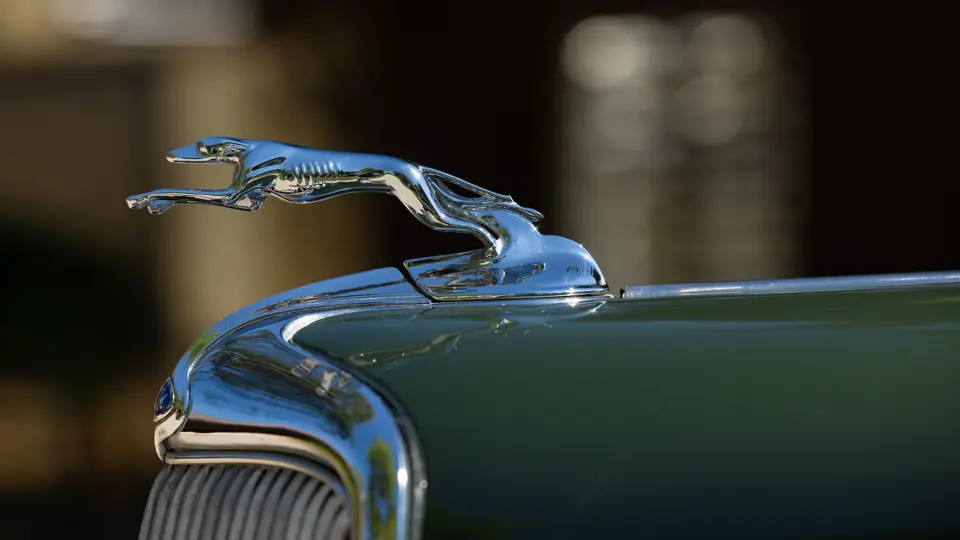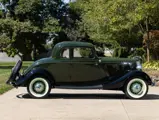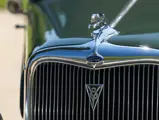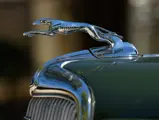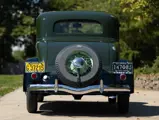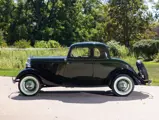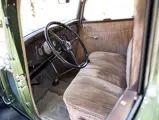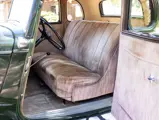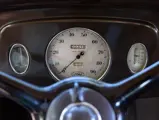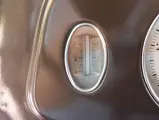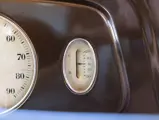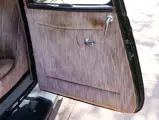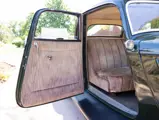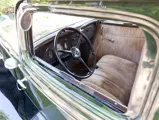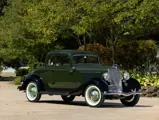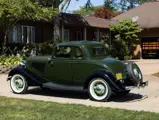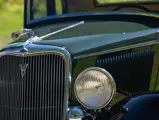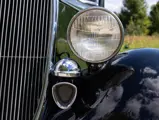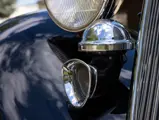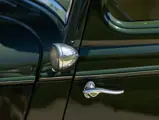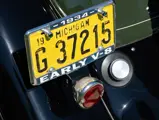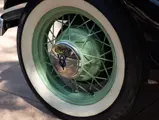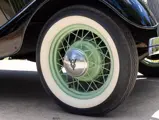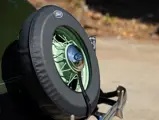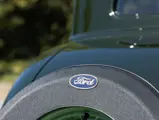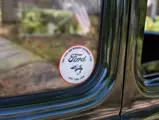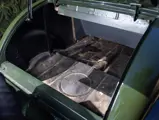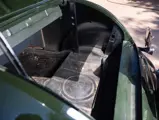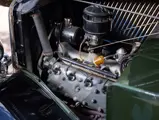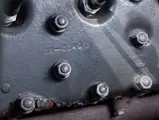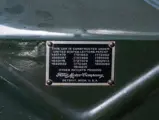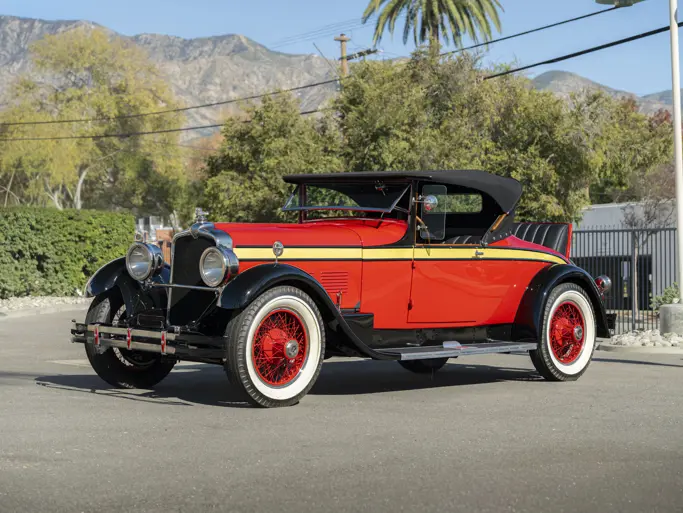
1934 Ford DeLuxe Five-Window Coupe
{{lr.item.text}}
$36,300 USD | Sold
{{bidding.lot.reserveStatusFormatted}}
- One of 26,879 DeLuxe Coupes produced for 1934
- In current ownership since 1984
- Nicely appointed, including Ford logo tailpipe, dual chromed horns, cowl lights, and greyhound mascot
- Exceptional dark green paint with nicely patinated interior
Having learned firsthand the commercial dangers of sticking with one model for too long, Henry Ford began the 1930s with fresh ideas and fresh cars. Ford Motor Company introduced its first V-8 on 31 March 1932, and it quickly became a stunning success. While V-8s were nothing new, never before had one been offered in a low-price, mass-produced car. It was aimed squarely at rival Chevrolet, serving as a bit of one-upmanship to the brand which offered “just” a six-cylinder engine. A small group of Ford engineers was responsible for the design, which featured a simple monobloc V-8 that produced an advertised 65 horsepower at 3,400 rpm from 221 cubic inches. Featuring aluminum pistons and a single-barrel Stromberg carburetor, the block was cast as a single unit—key to keeping the cost competitive, just $50 more than a four-cylinder Ford.
Henry Ford’s son Edsel was responsible for the new car’s good looks, often being compared to its senior, the Lincoln, causing sales of the new car to soar. The cast-iron V-8, which ultimately came to be universally known as the “Flathead”, was a tremendous value for the money and continued to power Fords for the next 21 years, as well as forming the basis of hot rods for years to come.
For 1934, Ford delivered 26,879 DeLuxe coupes including the example offered here. This stunning DeLuxe Coupe has been restored and is presented in exceptional dark green paint with contrasting green wire wheels fitted with white wall tires and a rear-mounted spare with Ford logo cover. It sports dual chromed exterior horns, chromed Ford logo tail pipe, extension cowl lights, and the always-attractive greyhound hood mascot.
Powered by an 85-horsepower flathead V-8 and upgraded to a 12-volt electrical system, this exceptional example would make a fine partner on any AACA or Early Ford V-8 Club show field or tour.




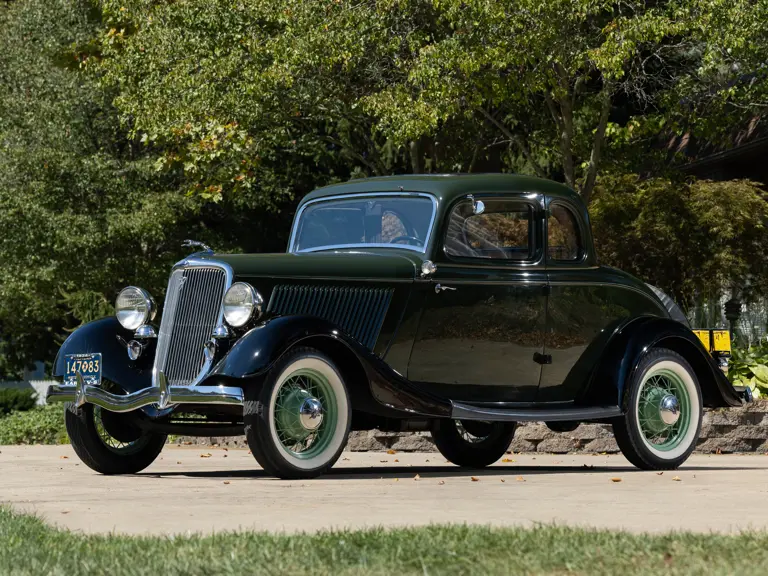
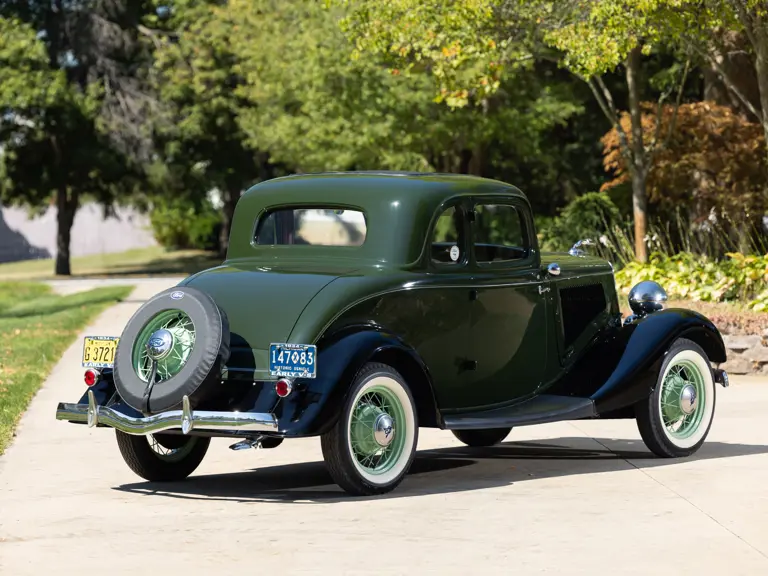
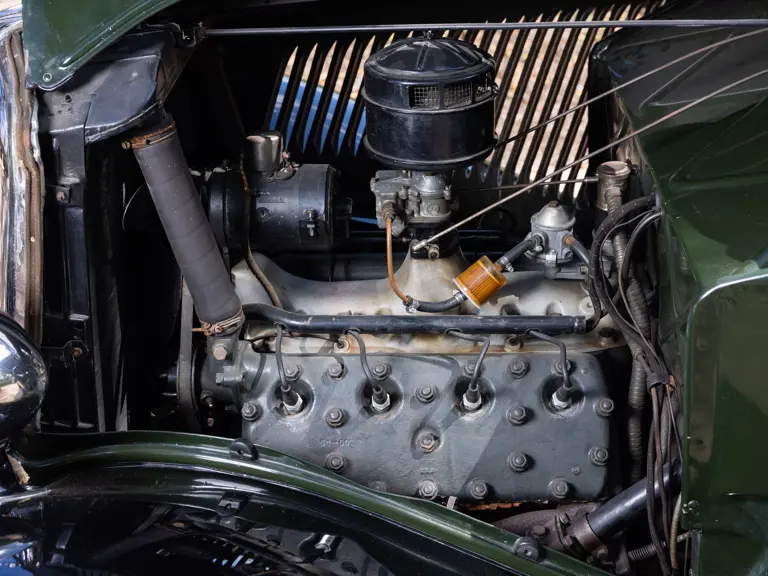
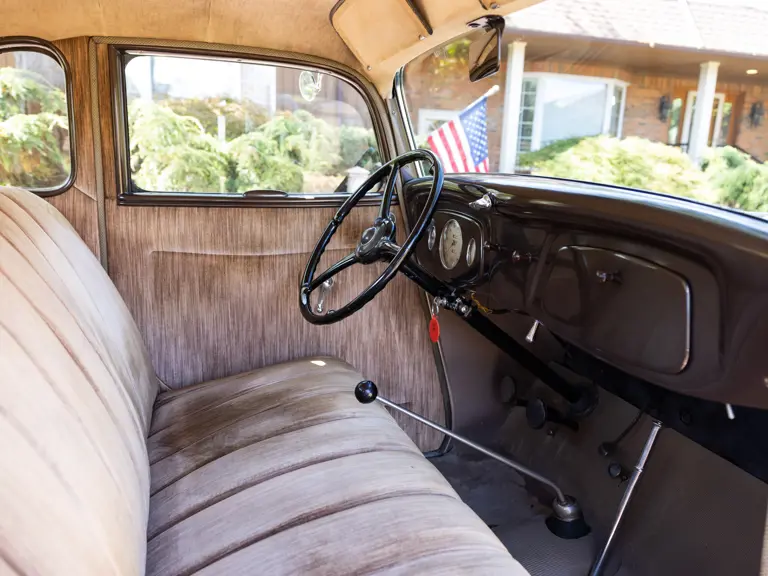

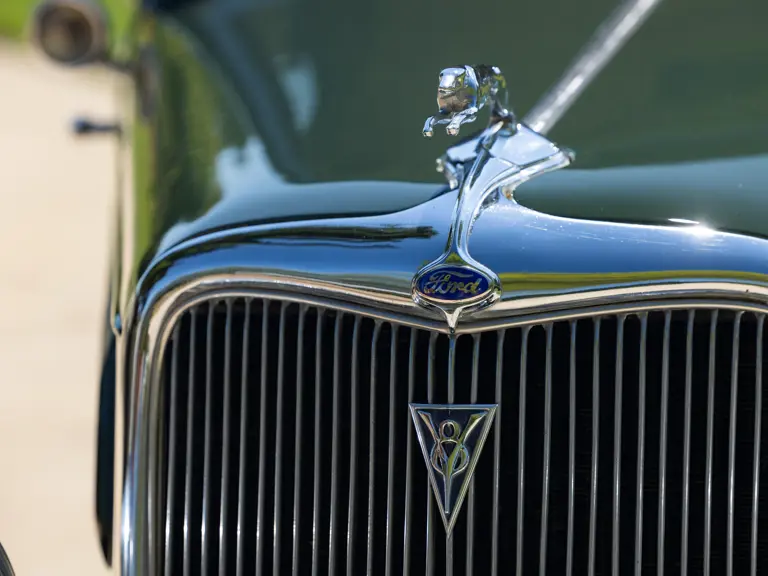
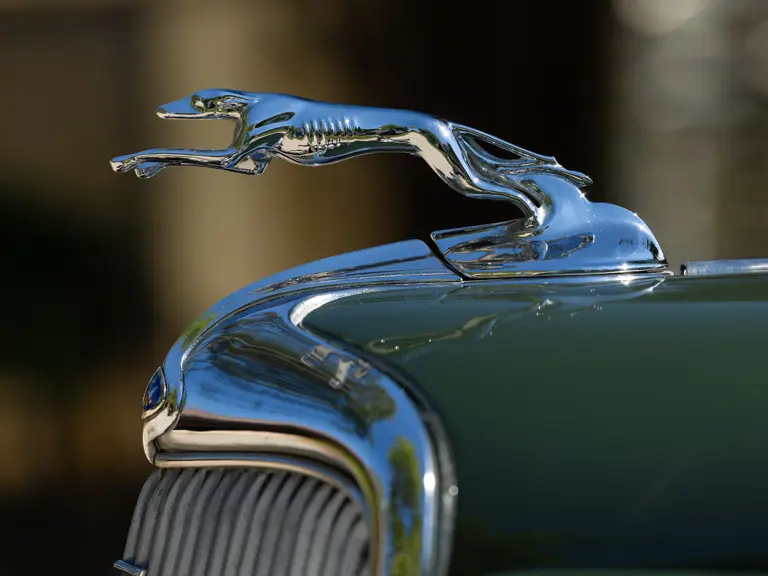
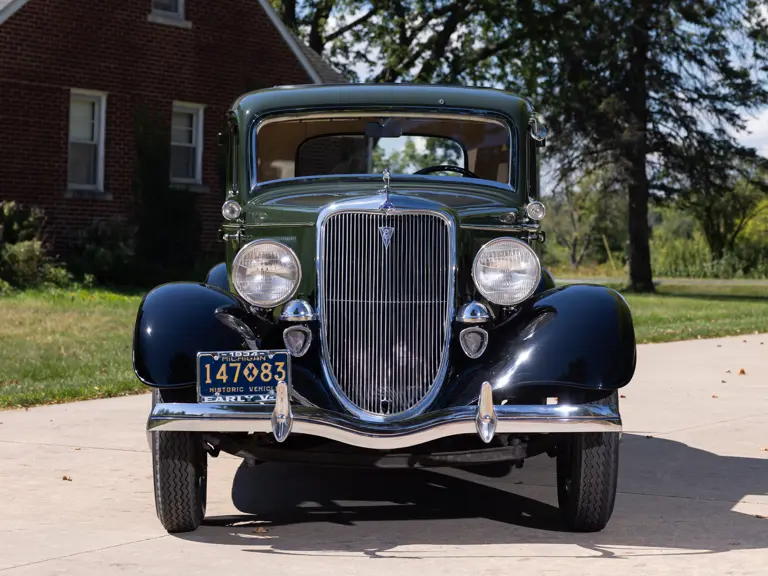
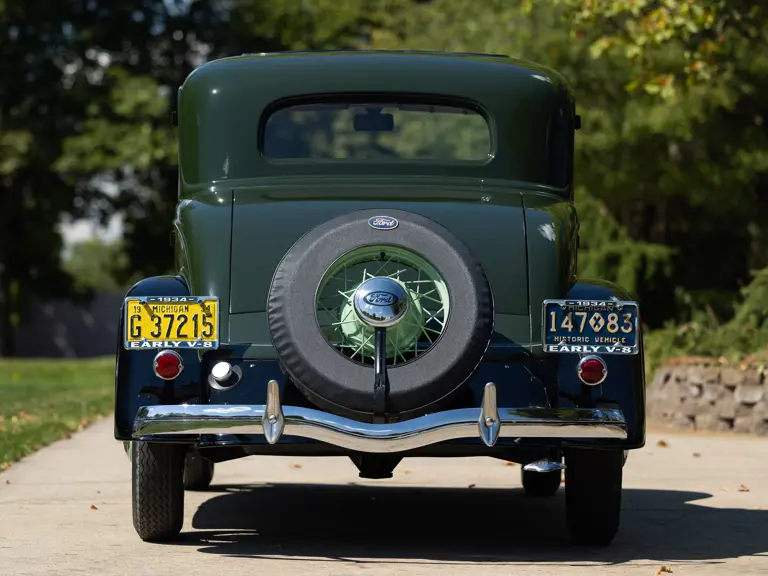
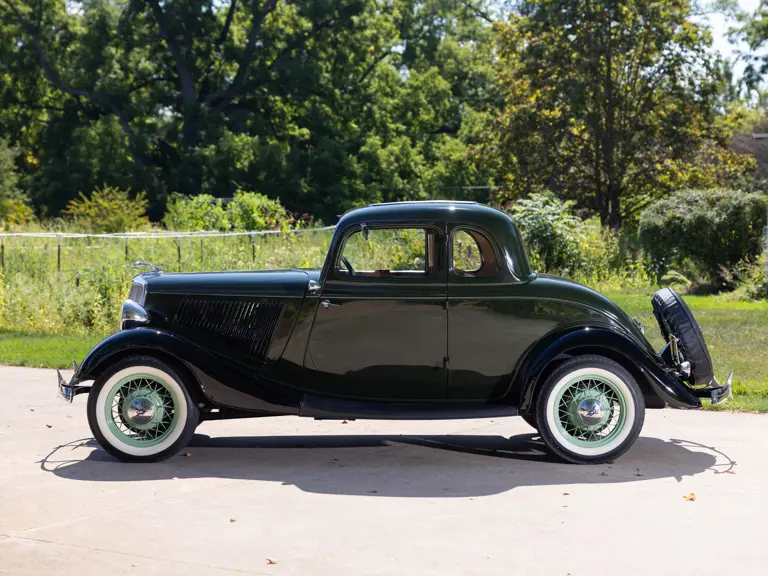
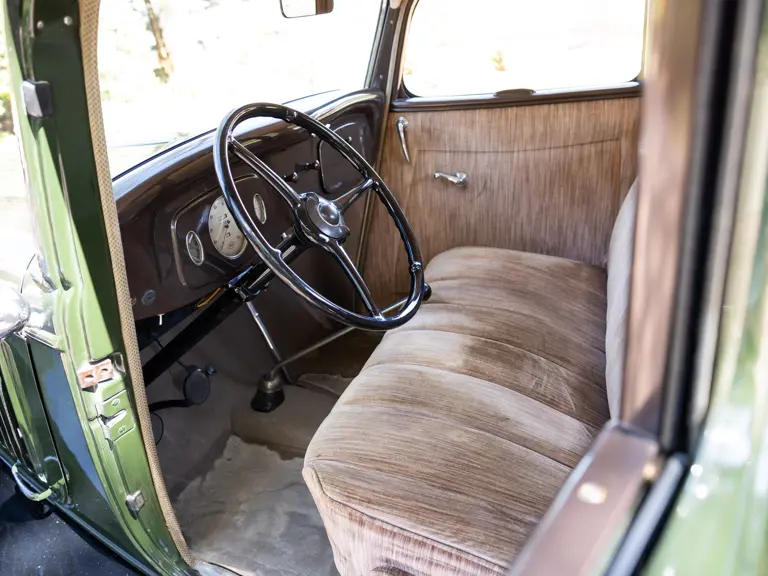
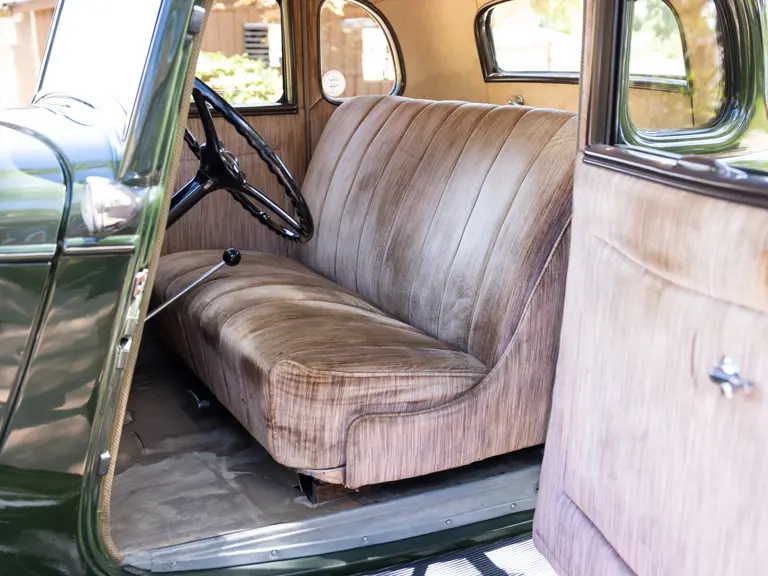
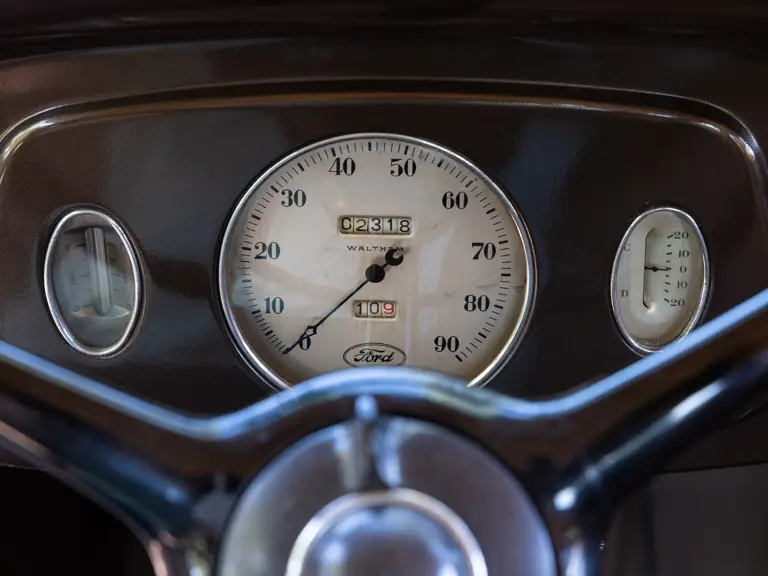
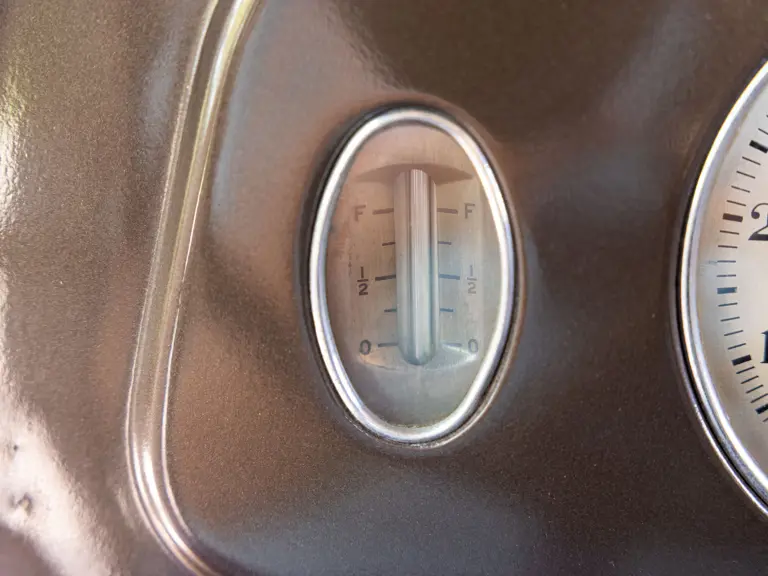
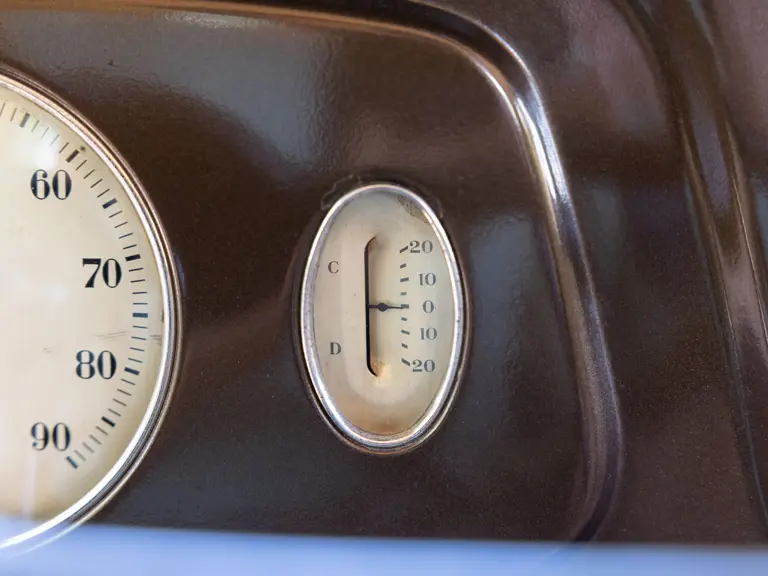
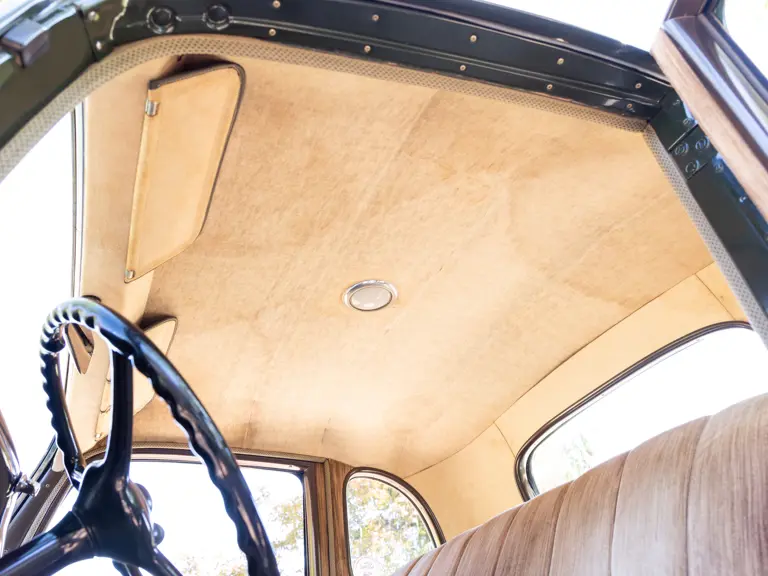
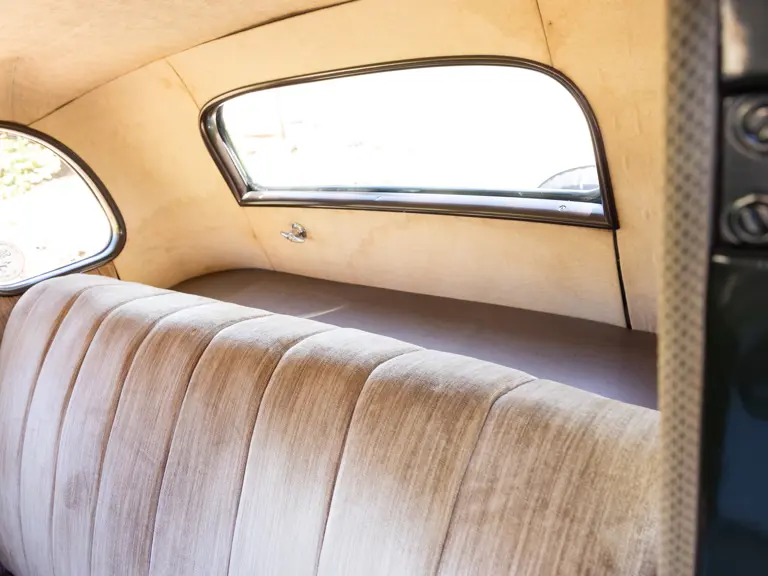
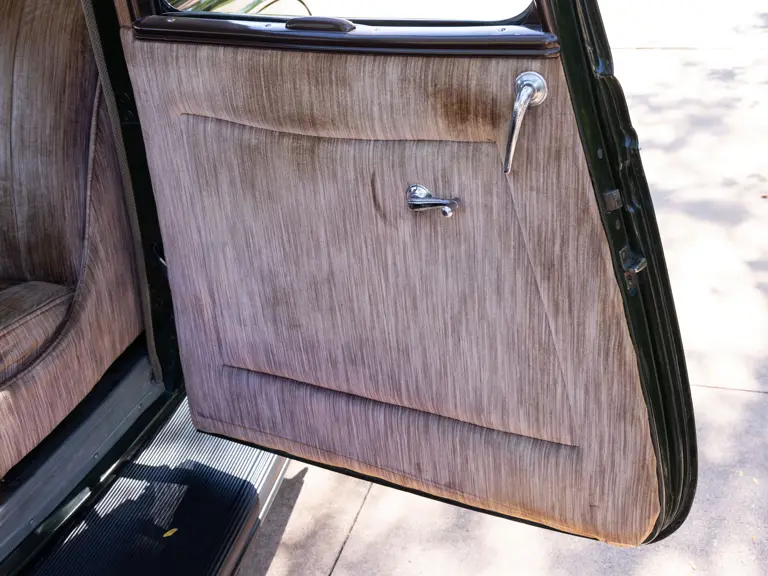
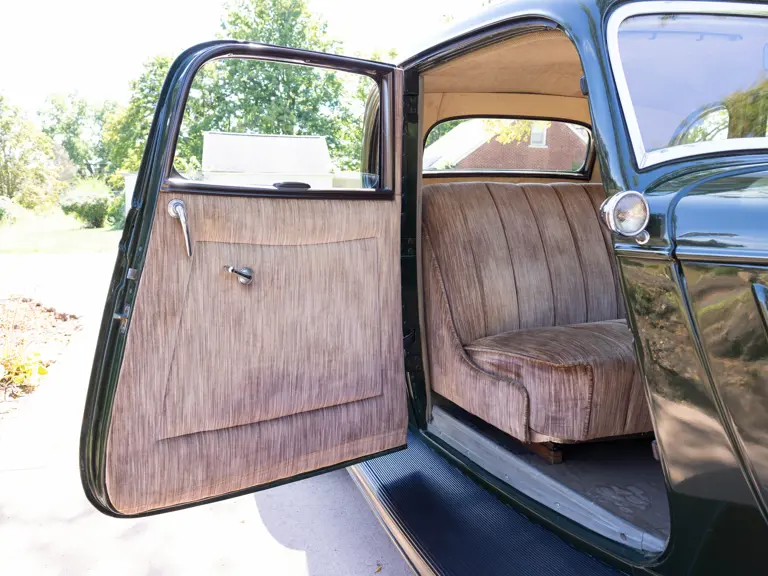
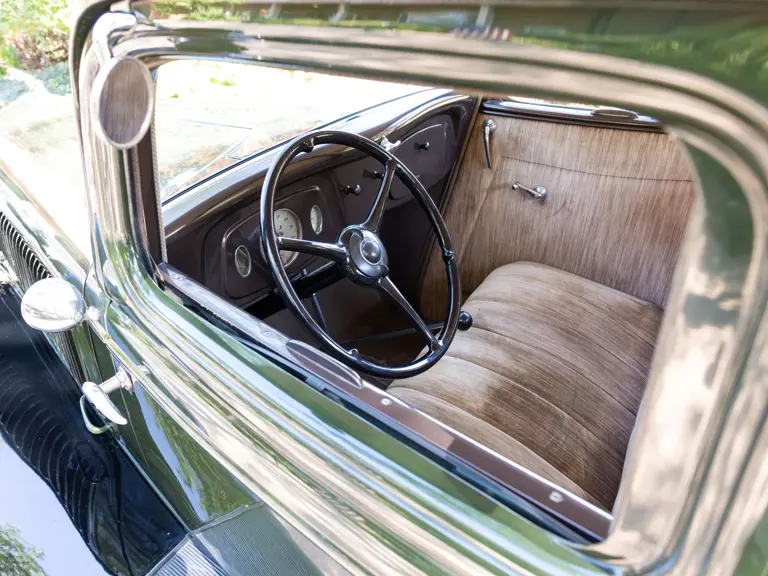

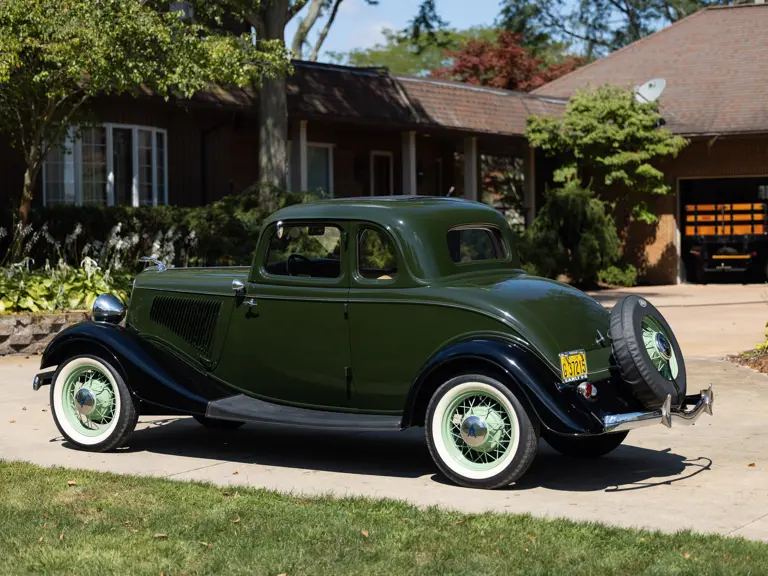
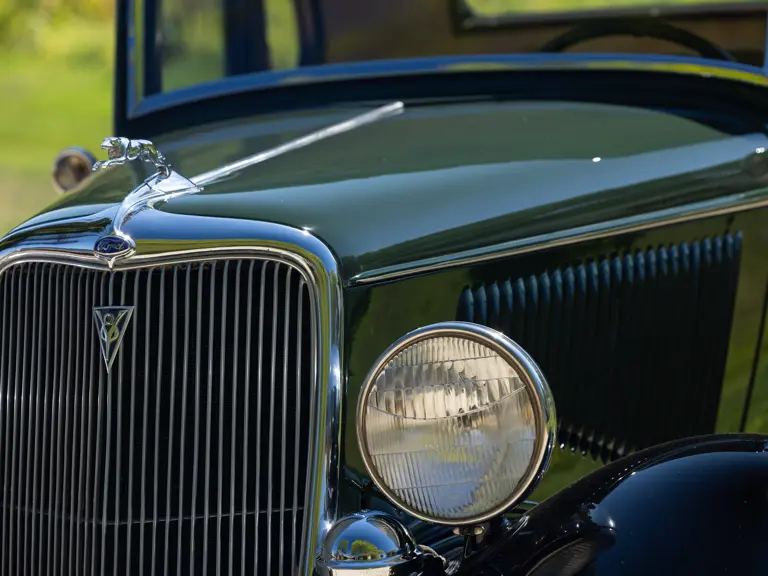
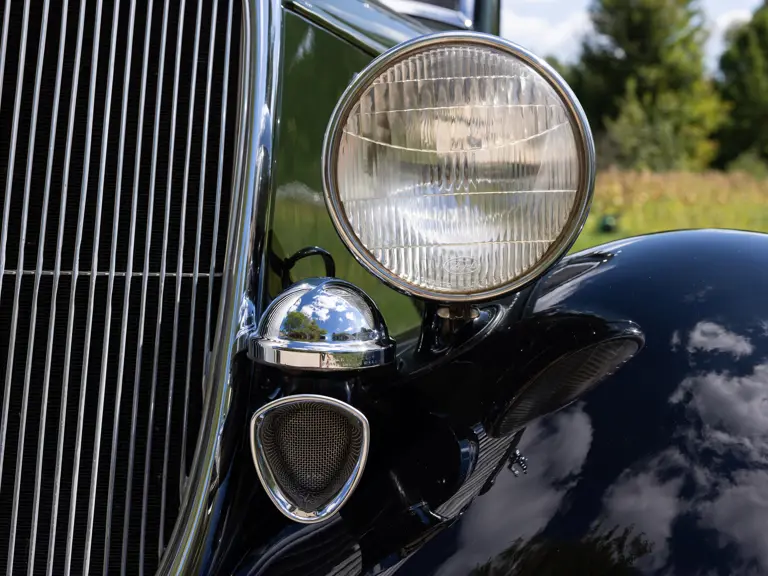
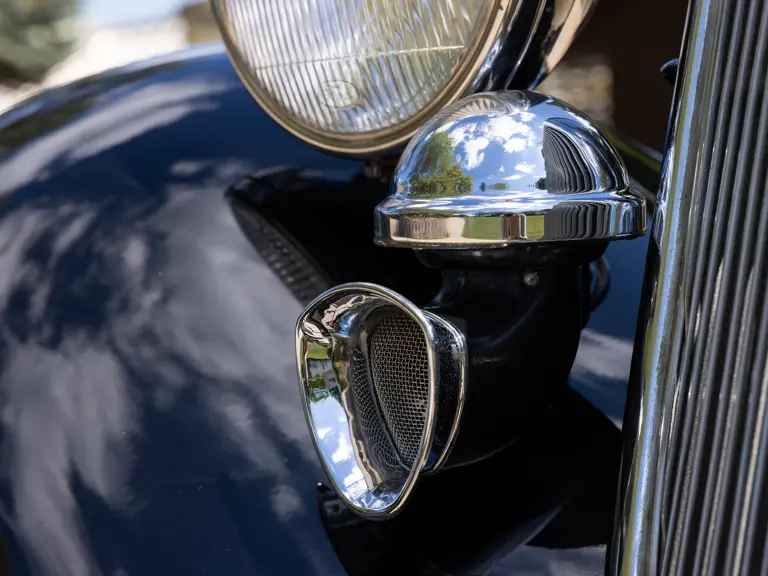
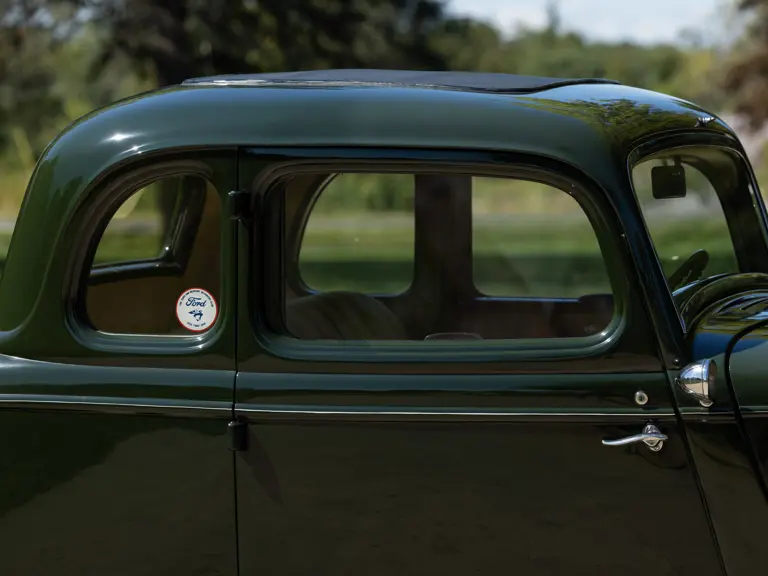

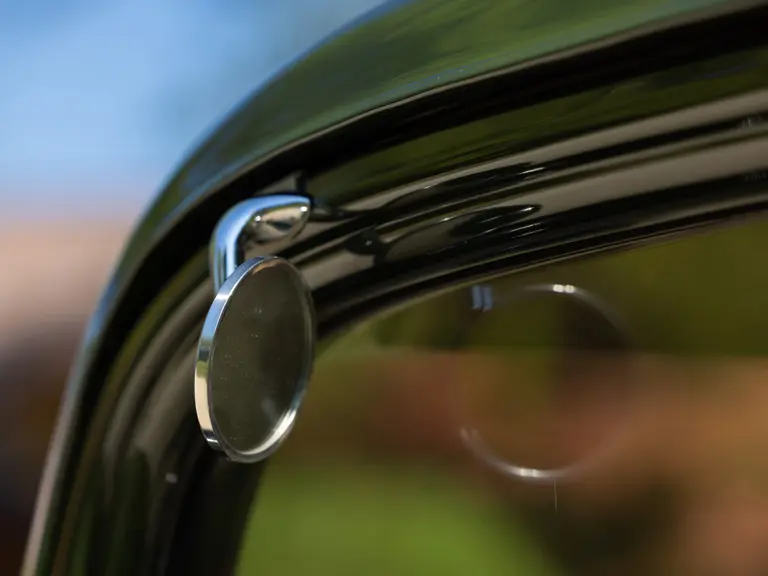
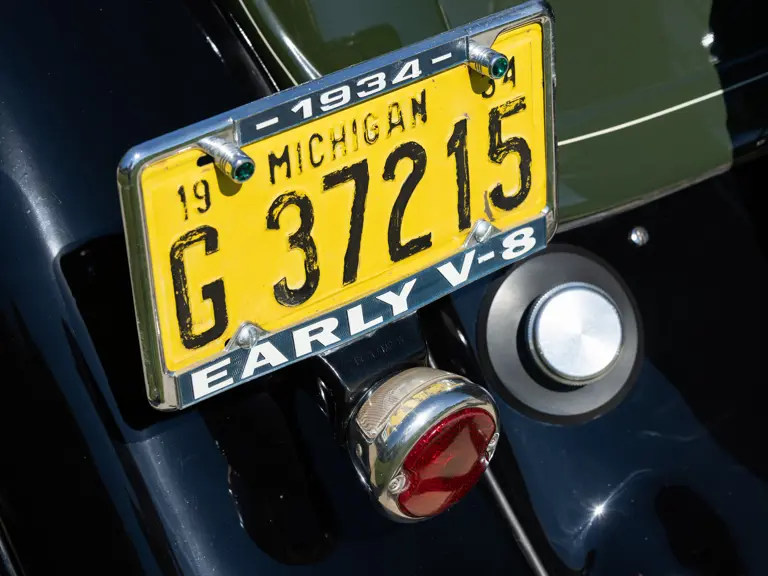
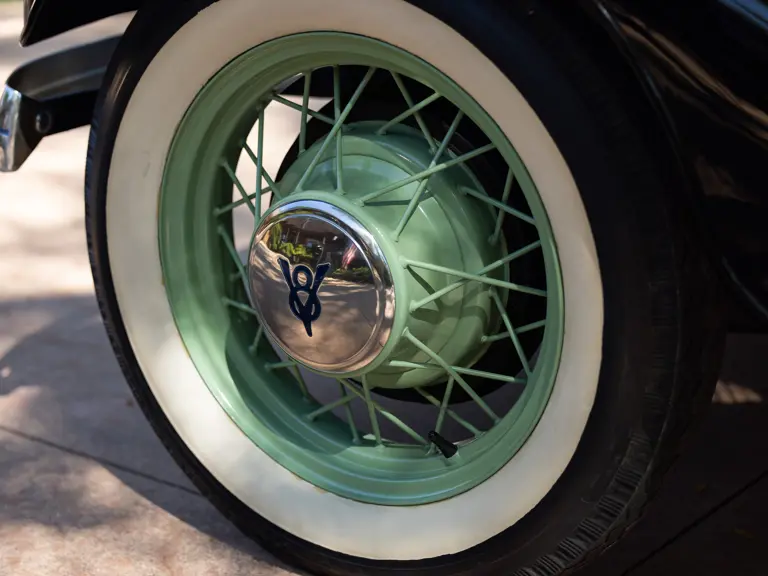
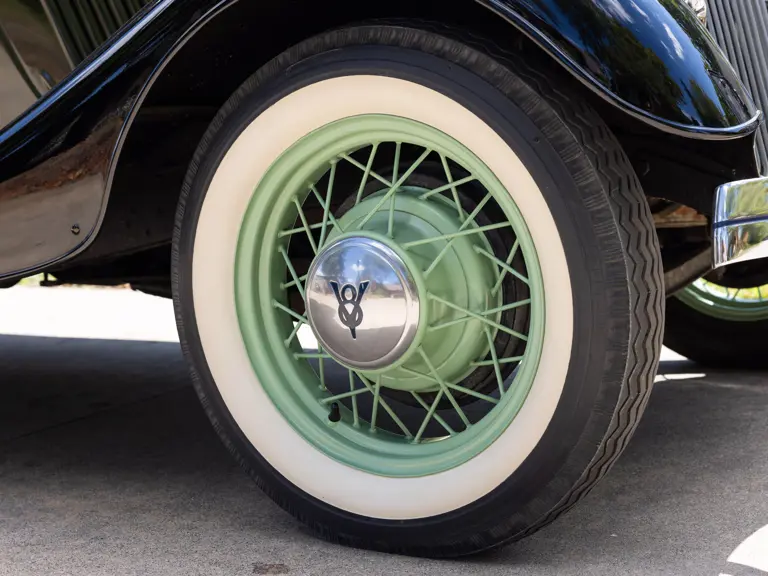
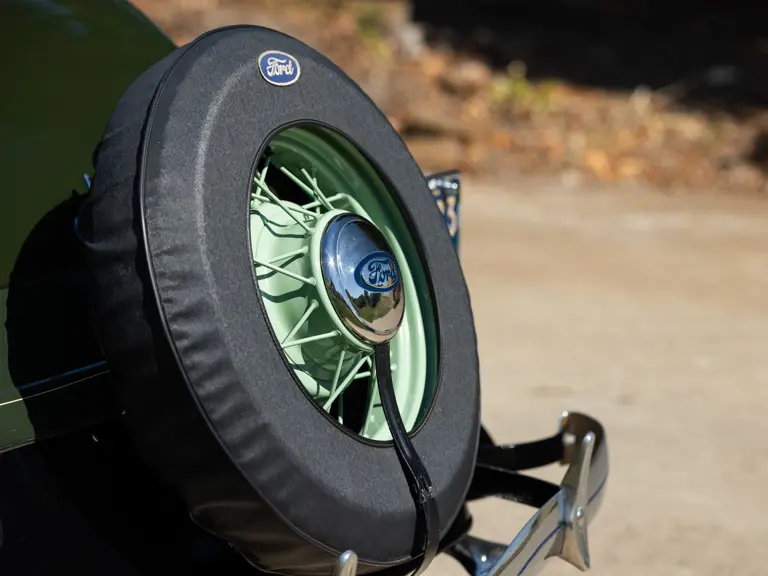
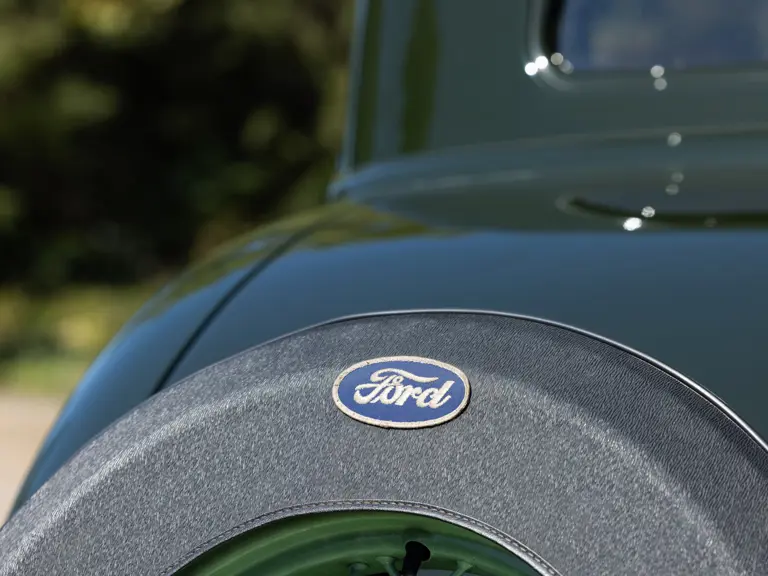
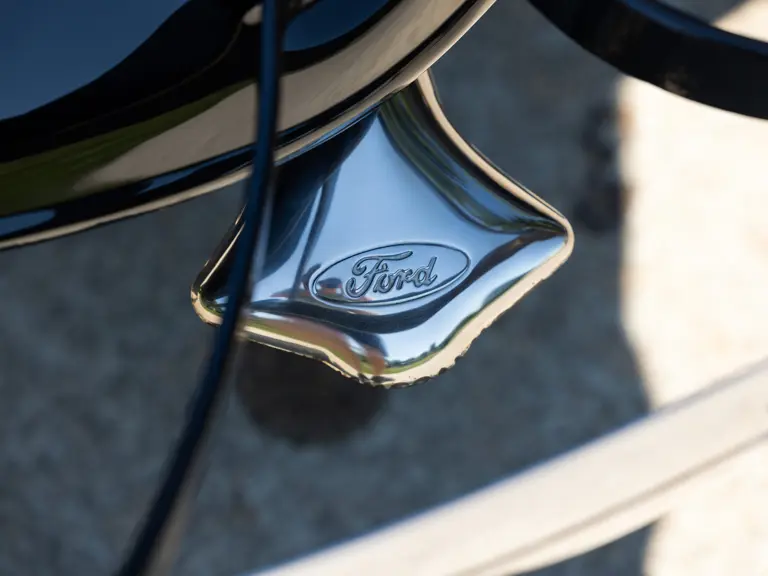
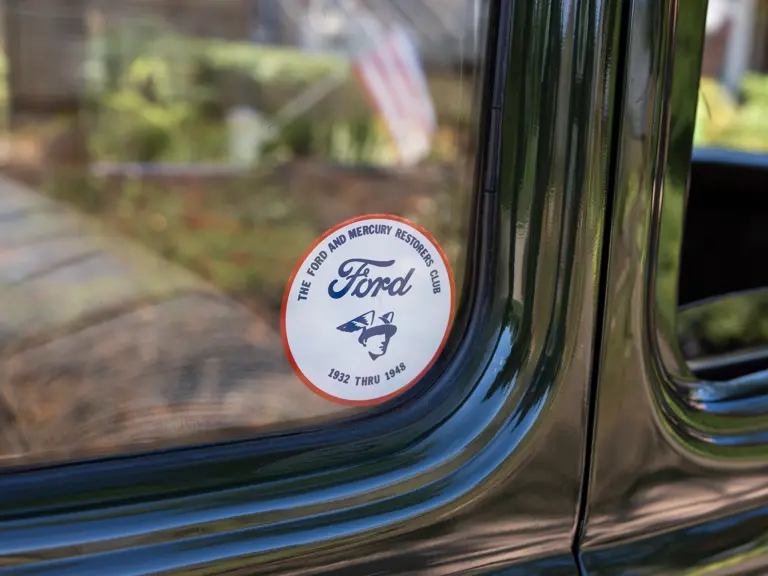

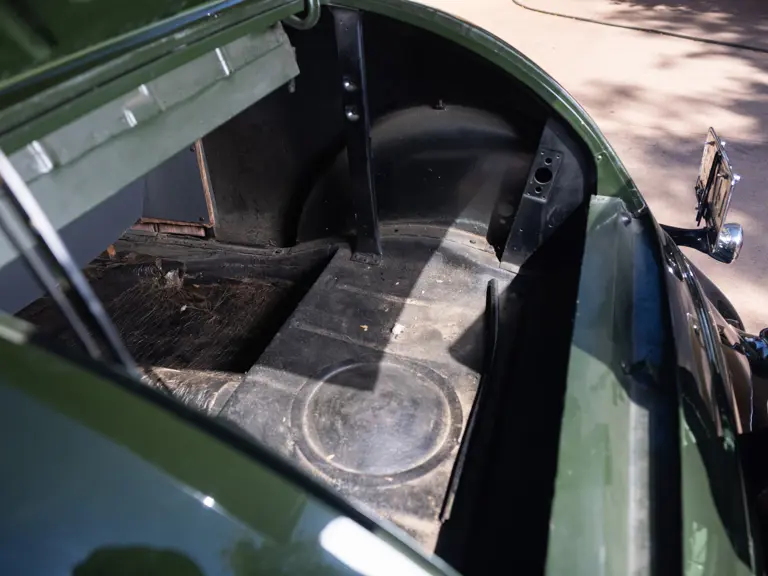
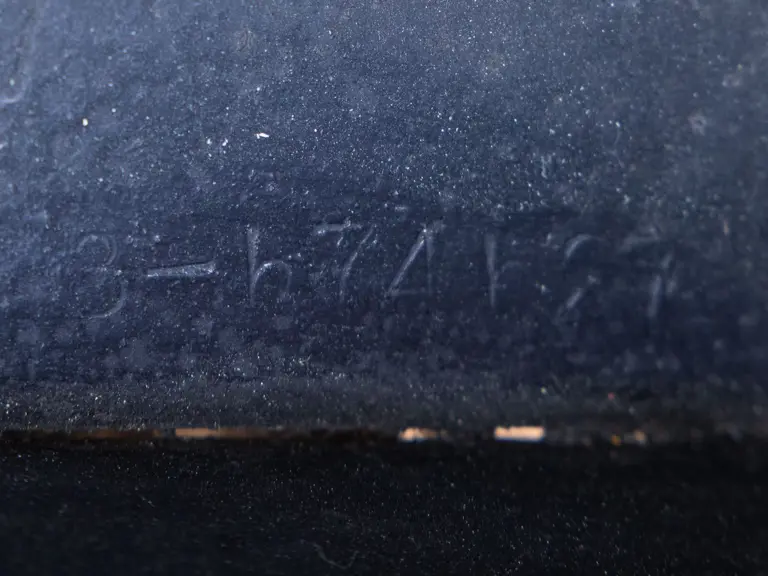
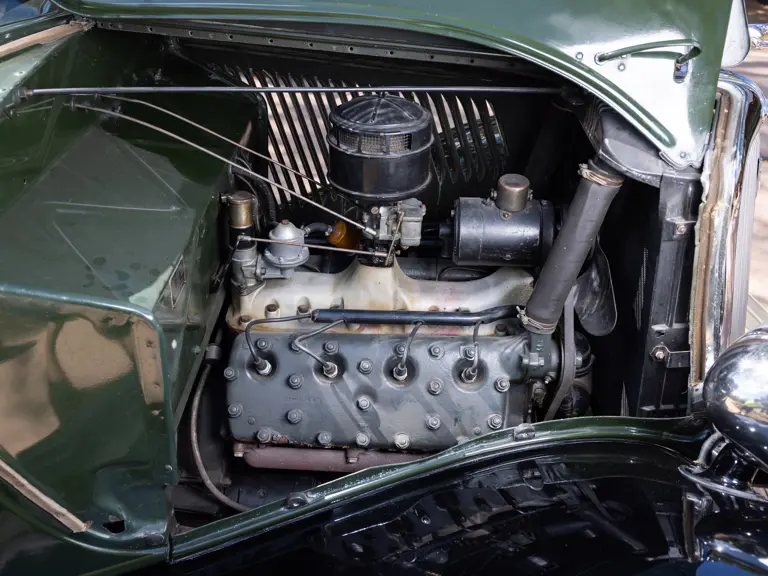

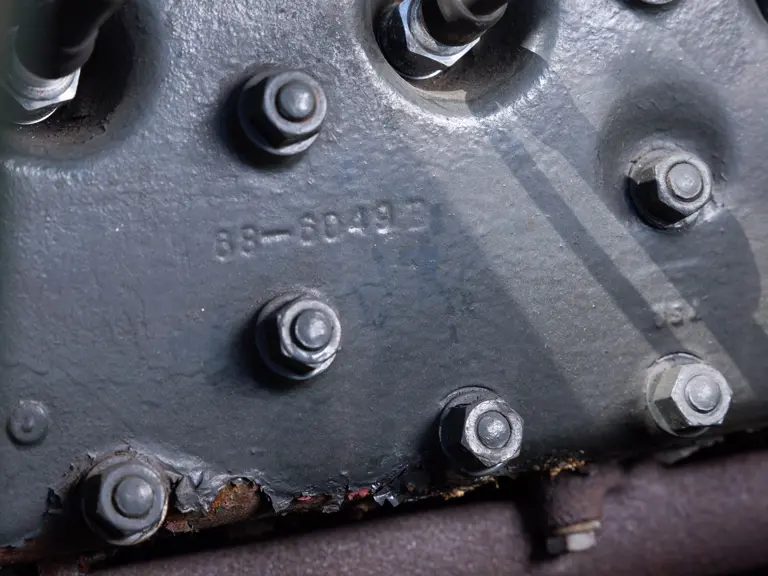
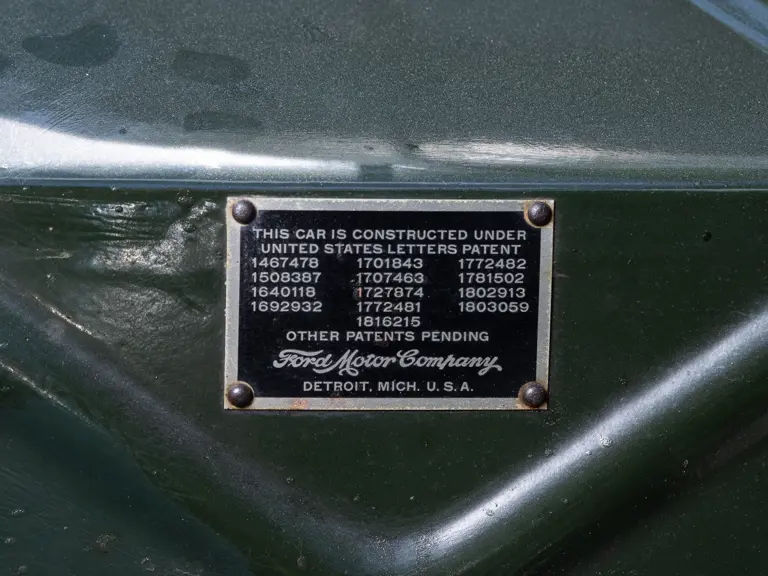
 | Hershey, Pennsylvania
| Hershey, Pennsylvania


